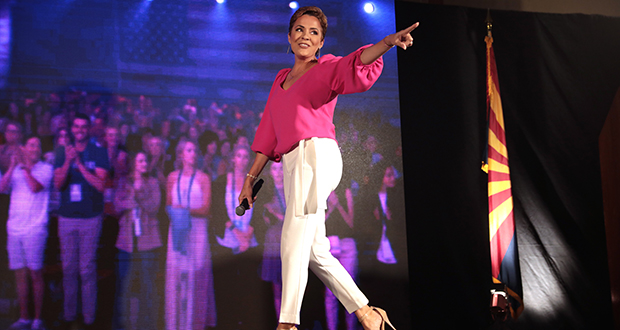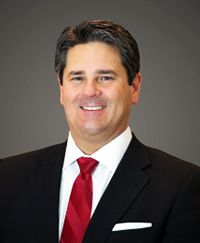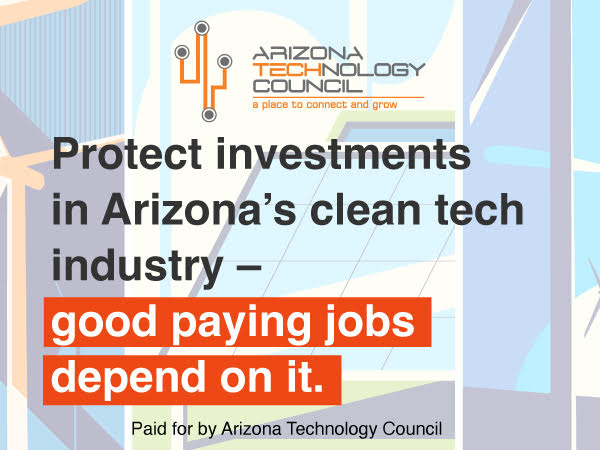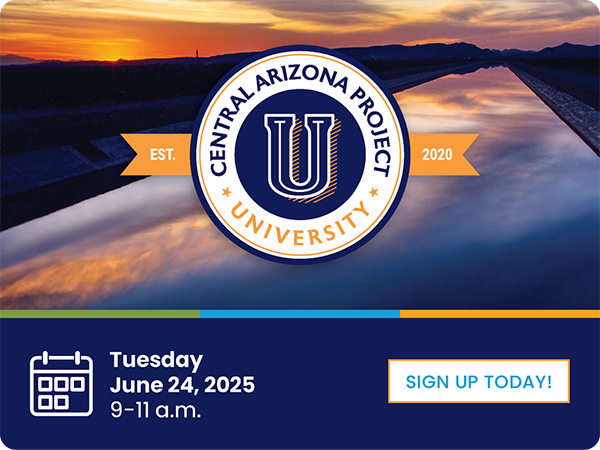There’s a loud corner on social media and on the Opinion page that would have you convinced that the decades-long effort in Arizona to give families access to more educational options failed. Too exclusive, too expensive, and even too politically conservative, they say.
But click away from Twitter and the evidence says the exact opposite.
We know this because our organizations recently asked likely general election voters what they think about what’s on the K-12 educational menu in Arizona. The sample size was the equivalent of what you’d typically see in a national poll, with a margin of error of 2.8%.
The results were clear: Voters of all stripes strongly support an educational environment that delivers more options for families.
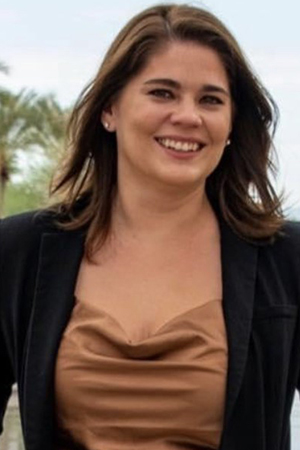
Sixty-eight percent of all voters say they support multiple education options for students, which jumps to 76% for parents.
We also asked voters whether they thought education in Arizona was on the right track or the wrong track. Fifty-seven percent of respondents said they thought education was on the wrong track.
Is it any wonder, then, that support for an exit off that wrong track would be so strong?
Parents in just the last few years have lived through pandemic era disruptions, as well as a growing perception that some schools are more interested in advancing an agenda outside the mainstream rather than focusing on subjects like literacy and numeracy. No doubt many parents’ suspicions were confirmed when we learned recently that scores on the National Assessment of Educational Progress were their lowest in decades. Our polling found, in fact, that nearly a quarter of Arizona voters believe a top challenge facing the Arizona K-12 system is that school boards are making decisions best left to parents.
Opponents of giving parents more education options tend to be Democrats, but Democratic elected officials would be wise not to calibrate their policymaking around this base of their constituency; it’s relatively small. After all, 56% of Democratic respondents said they believe education in Arizona is on the wrong track.
Democrats and Republicans are both supportive of an all-of-the-above approach to education, and they like the idea of policies that allow students to attend school – even a private school – outside the public district school assigned to their neighborhood.

A whopping 71% of all respondents and 66% of Democrats said they support Empowerment Scholarship Accounts (ESAs), which allow parents to pay for private school tuition. What about funding for student transportation programs that go beyond the yellow school bus to get students to school each morning and home at the end of the day? Seventy-seven percent of respondents support such programs, and 80% of Democrats are in support of them.
Both parties and unaffiliated voters also support open enrollment, the system that’s been in place since 1994 that allows students to attend a public district school other than their zoned school if there’s space available. Only 15% of respondents said they opposed open enrollment. Parents know that a one-size-fits-all model even in the same school district won’t work for every child’s learning style.
The poll was also illuminating for its insight into different segments of the electorate beyond party. For example, Hispanic voters are supportive of options beyond the traditional public school and, in the case of ESAs, are the program’s strongest supporters.
It can be tempting to listen to the Eeyores and their defenders in elected office and believe that Arizona would be better off if it went back to an old model where students would only attend the school to which they were assigned, regardless of its quality or whether it met their unique educational needs.
Politicians who pursue such a model, however, do so at their own peril. Arizona families and voters of all affiliations believe that more educational options – not fewer – is what we need.
Katie Dauphinais is the Executive Vice-President of Great Leaders Strong Schools. Steve Smith is the Arizona State Director for the American Federation for Children.


